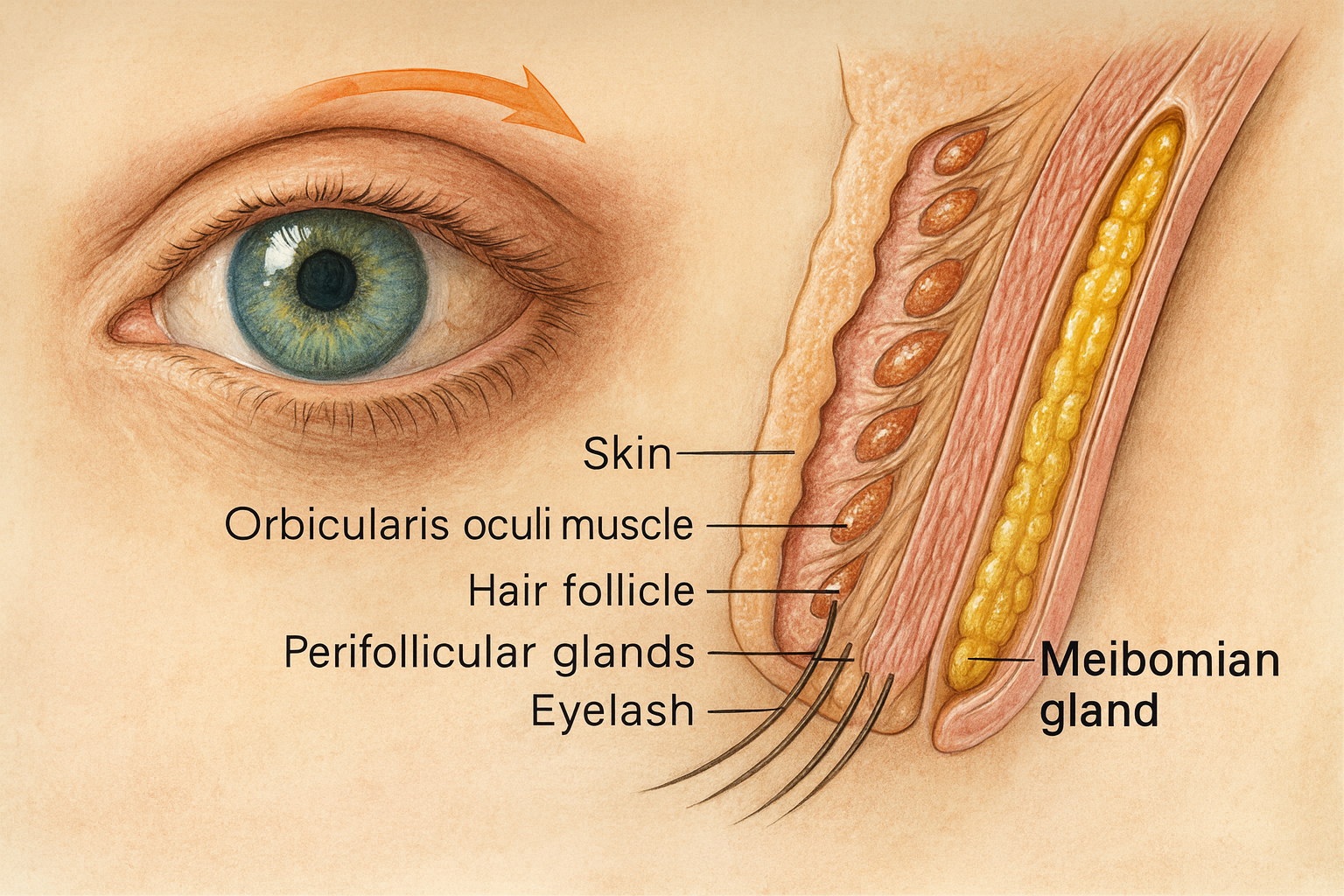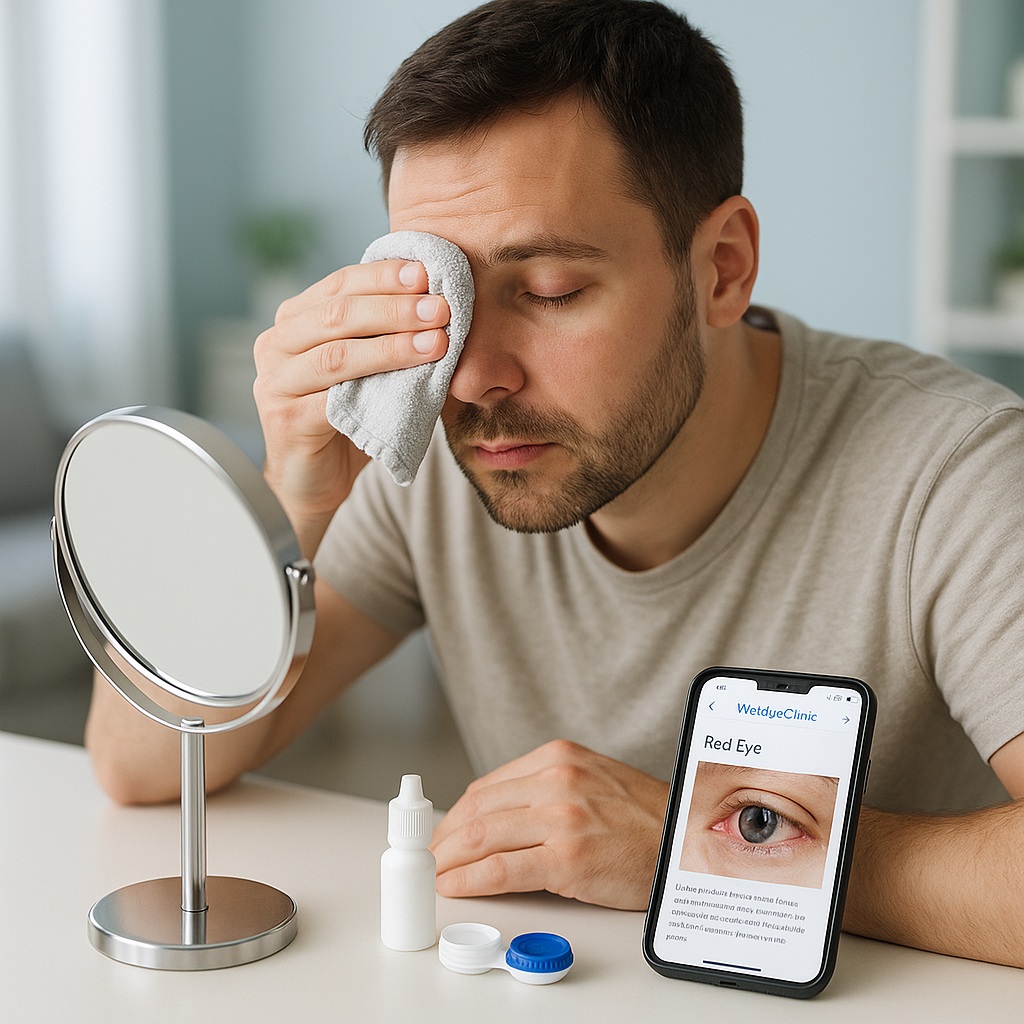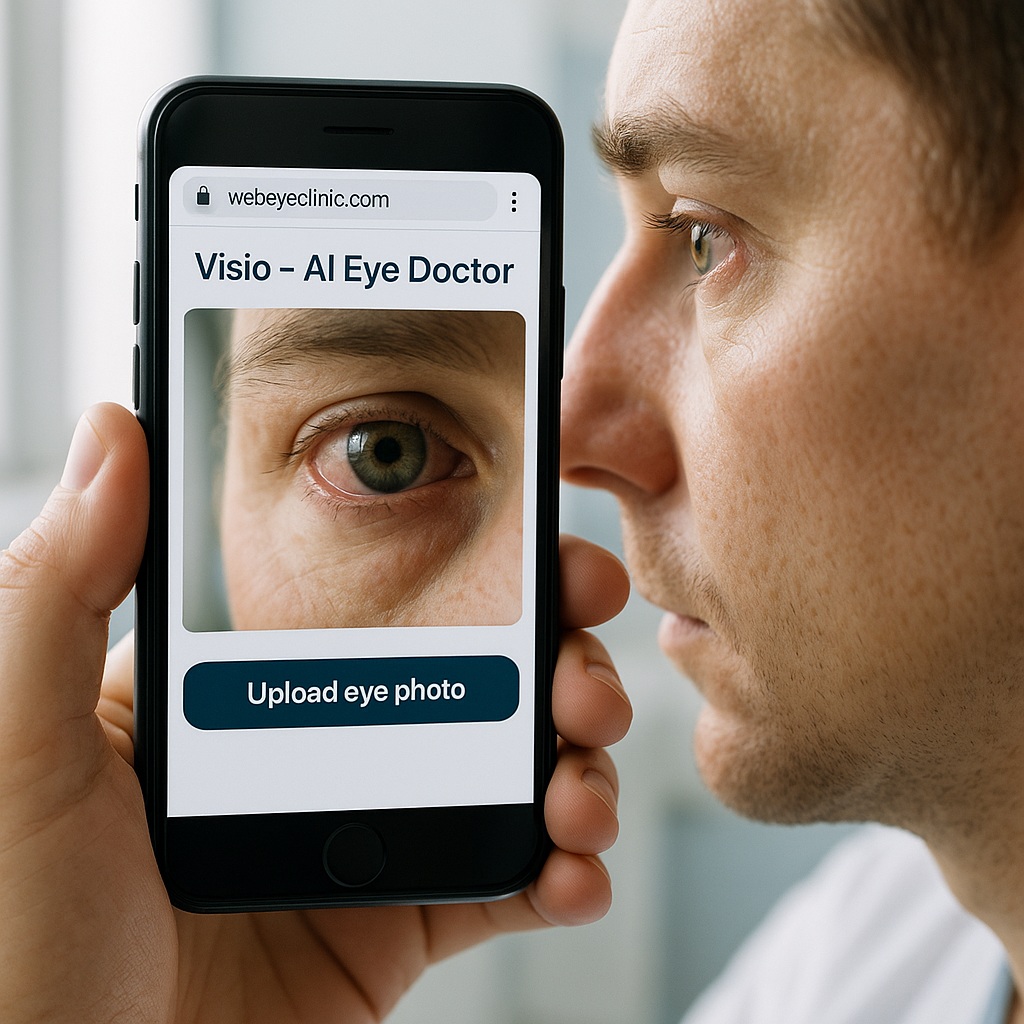Meibomian Gland Dysfunction Treatment: Complete Guide to Relief and Eye Comfort
Published: August 16, 2025
1. What is Meibomian Gland Dysfunction?
Meibomian gland dysfunction (MGD) is one of the most common causes of dry eye disease. The meibomian glands, located in the eyelids, produce the oily layer of the tear film. When these glands are blocked or produce poor-quality oil, tears evaporate too quickly, leading to irritation, burning, redness, and blurred vision.
2. Symptoms of MGD
- Dry, itchy, or burning eyes
- Redness and eyelid inflammation
- Excessive tearing (paradoxical reflex tearing)
- Foreign body sensation (feeling like sand in the eyes)
- Blurry vision that improves with blinking
3. Treatment Options for Meibomian Gland Dysfunction
Effective MGD treatment aims to unblock the glands, improve oil quality, and restore tear film balance. Treatments include home remedies, medical therapies, and advanced in-office procedures.
3.1 Home Remedies
- Warm Compresses: Applying a heated eye mask or warm cloth for 5–10 minutes helps melt thickened oils.
- Lid Massage: Gentle massage after warm compress loosens blocked oils.
- Eyelid Hygiene: Daily cleaning with lid wipes or diluted baby shampoo reduces bacterial growth and debris.
- Lubricating Eye Drops: Preservative-free artificial tears reduce dryness; lipid-based tears restore tear film stability.
- Omega-3 Supplements: Fish oil or flaxseed oil may improve oil quality and reduce inflammation.
3.2 Medical Treatments
- Topical Medications: Cyclosporine (Restasis), lifitegrast (Xiidra), or azithromycin eye drops reduce inflammation and improve gland function.
- Oral Antibiotics: Doxycycline or minocycline in low doses can improve gland secretions and reduce inflammation.
- Anti-inflammatory Therapies: Short courses of steroid eye drops may be prescribed for flare-ups.
3.3 In-Office Procedures
- LipiFlow® Thermal Pulsation: Uses heat and gentle massage to unblock glands effectively.
- Intense Pulsed Light (IPL) Therapy: Reduces inflammation and improves meibomian gland oil flow.
- Meibomian Gland Probing: Opens blocked glands mechanically to restore function.
- Blephex® Eyelid Exfoliation: Removes debris and bacteria from the eyelid margins.
4. Lifestyle Tips for Managing MGD
- Follow the 20-20-20 rule: Every 20 minutes, look at something 20 feet away for 20 seconds. This help to reduce dry eye
- Avoid smoking and reduce exposure to dry, windy environments.
- Use a humidifier indoors to keep air moist.
- Stay hydrated and maintain a balanced diet rich in omega-3 fatty acids.
5. When to See an Eye Doctor
If dry eye symptoms persist despite home care, or if you notice severe redness, pain, or vision changes, consult an ophthalmologist. Early diagnosis and treatment prevent long-term damage to the glands and cornea.
Conclusion
Meibomian gland dysfunction is a leading cause of chronic dry eye, but it is highly treatable. A combination of at-home care, medical therapies, and in-office treatments can restore comfort and protect long-term eye health. Consistency in treatment and regular follow-ups with your eye doctor are essential for lasting results.


